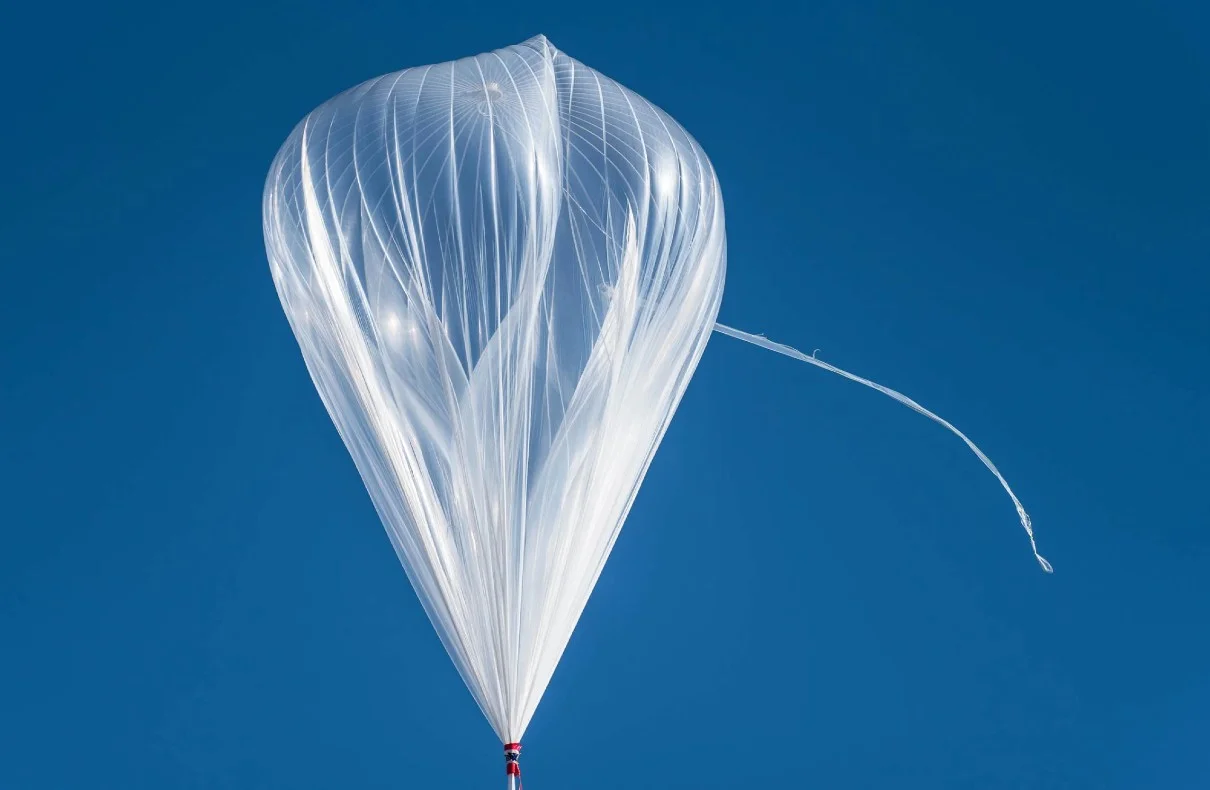United States is closely monitoring a high-altitude balloon that has been spotted drifting across the western part of the country. While there is initial concern, officials have stated that the balloon does not pose a national security threat to the US. Let’s delve deeper into this intriguing development and explore the details surrounding this aerial anomaly.
According to reports, the high-altitude balloon has been observed hovering at an altitude ranging from 43,000 to 45,000 feet. It has been tracked as it traverses the skies over several states in the western region of the US. The exact origins and purpose of this balloon remain unknown, leaving experts and officials puzzled.
The balloon itself is described as relatively small, with a cube-shaped box measuring about two feet on each side hanging below it. Observers have identified the material used for the balloon as Mylar, a lightweight and durable polyester film often used in aerospace applications. Its non-maneuverable nature has led experts to believe that it is not actively controlled but rather drifting with the wind currents.
Upon detecting the balloon, the military and the North American Aerospace Defense Command (NORAD) swiftly took action to assess the situation. NORAD, responsible for air defense over the US and Canada, dispatched fighter jets to intercept and investigate the balloon. After careful examination, it was determined that the balloon posed no immediate threat to national security.
13 Year Old Girl Rescued After ‘Help Me’ Sign Captures Kidnapper
In their statement, NORAD confirmed that the balloon was not maneuverable and did not present any danger to flight safety. The Federal Aviation Administration (FAA) also concluded that there were no hazards associated with the balloon’s presence in the airspace. Despite these reassuring findings, the balloon continues to be closely monitored to ensure its trajectory remains stable.
The appearance of this high-altitude balloon brings to mind a similar incident that occurred just a year prior. In that case, a Chinese balloon equipped with advanced surveillance equipment was detected flying over the continental US for several days. This incident sparked tensions between the US and China, prompting concerns about national security.
The Chinese balloon, claimed by the Chinese foreign ministry to be collecting weather data, deviated from its intended course due to high winds. However, suspicions arose regarding its true purpose and the potential transmission of sensitive information back to China. Ultimately, the US military intercepted and shot down the Chinese balloon off the coast of South Carolina.
The handling of these high-altitude balloon incidents highlights the delicate balance between national security and public safety. In the case of the Chinese balloon, President Biden faced criticism for the delay in shooting it down, with some questioning why it was not intercepted earlier. Officials defended their decision, emphasizing the need to minimize risks to civilians on the ground.
Following the Chinese balloon incident, the US military remained on high alert for unidentified objects in US airspace. Fighter jets were deployed to intercept several unidentified objects over the US and Canada in the weeks that followed. Although the nature of these objects remains unclear, the intelligence community concluded that they were likely balloons associated with private companies, research institutions, or recreational purposes.
The recent sighting of the high-altitude balloon over the western US serves as a reminder of the importance of remaining vigilant in monitoring airspace activities. While this particular balloon has been determined to be non-threatening, it underscores the need for continuous surveillance to detect any potential threats to national security.
In response to these incidents, the US military and intelligence agencies have enhanced their capabilities for identifying and tracking aerial objects. Investments in advanced radar systems, satellite technology, and rapid response protocols have been prioritized to ensure swift and effective responses to future airspace anomalies.
